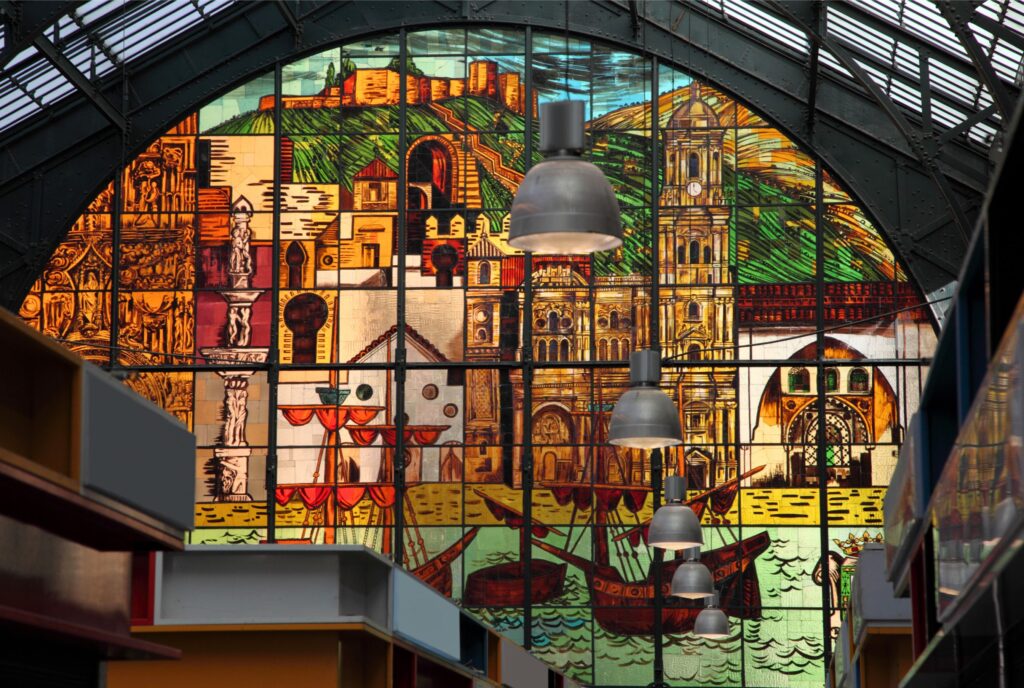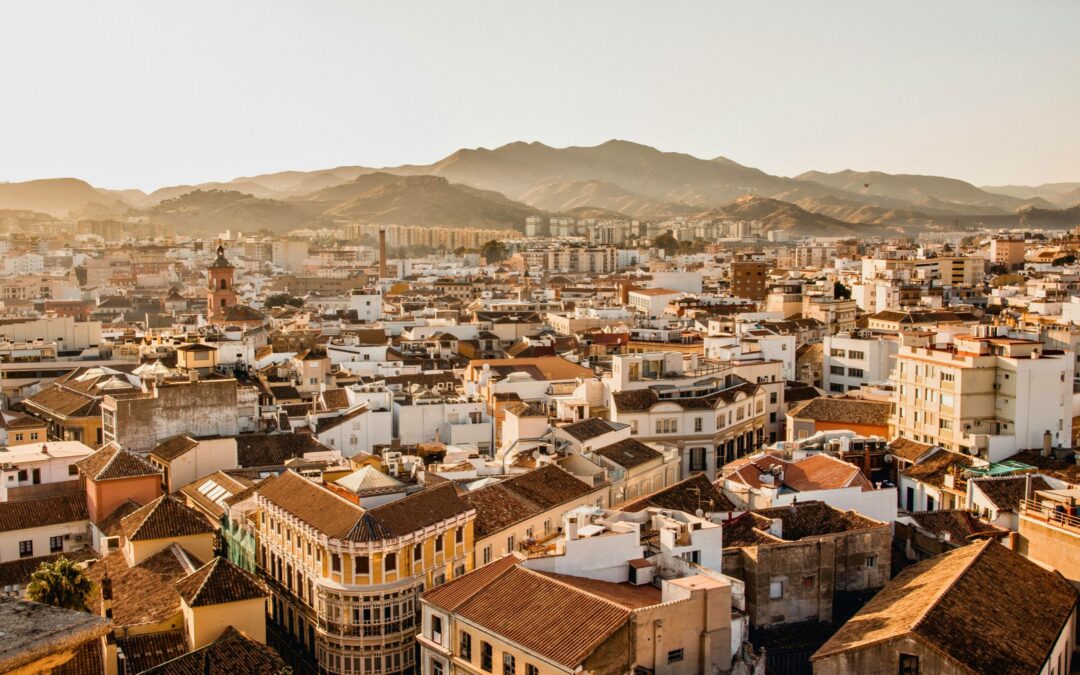Restored homes around Calle Granada and Plaza de la Constitución date back to the 17th century. Many still feature original tiles, coffered ceilings, and inner courtyards with working fountains.
In the heart of Málaga, behind centuries-old facades, lies a world where history and modernity coexist without fuss. The city's historic centre, packed into a walkable grid of winding streets and ochre-painted balconies, offers something few city districts can—depth. You don’t just live here. You absorb it.
Once overlooked in favour of its coastal cousins, Málaga's centre is now a serious contender for those seeking a real estate purchase with character, walkability and long-term value. According to Idealista, prices in the district rose by over 9% in 2024, with average square metre costs now hovering around €3,161. Still competitive, still rising.
Types of Properties
What’s striking about Málaga’s historic centre is how little stock looks alike. You can buy a fifth-floor industrial-style loft overlooking Calle Granada or a seventeenth-century townhouse with its own orange-tree courtyard in the old Jewish quarter.
The options break down broadly into
- Lofts in converted warehouses or historic schools
- Classic Andalusian homes with central patios
- Rooftop penthouses with modern glass-and-steel upgrades
- Apartments above shops and galleries on Calle Larios or Plaza de la Constitución
Buildings here often hide secrets—exposed beams, tiled staircases or Moorish arches buried under plaster. Restoration work is common and often rewarding.
Everyday Life
Living here is not about second homes or lock-up-and-leaves. It’s a lifestyle choice. You walk to get your bread in the morning. You pass three open-air cafes before lunch. The Mercado de Atarazanas is a few blocks from anywhere worth living. You can have breakfast at a counter and dinner on a roof terrace.
Parking is tight, but public transport makes up for it. You’re ten minutes from the train station, fifteen from the airport. Most residents walk or cycle. If you live near Calle Carretería, for instance, you can get anywhere that matters in under ten minutes.
The mix of older residents, young professionals and visiting artists creates a social fabric that feels engaged, not just occupied. There are co-working spaces inside old palaces and language schools operating out of restored convents. This is not a museum district—it’s lived in, fully.
Culture Built In
You don’t need to book a museum ticket to see Málaga’s history. It’s underfoot. Literally—glass walkways reveal Roman mosaics just off Calle Alcazabilla. The Picasso Museum is just around the corner. The Carmen Thyssen collection sits next to cafes and bookshops. And the Alcazaba? You’ll likely see it every time you pop out for coffee.
Cultural events punctuate the calendar with film festivals, jazz nights in hidden theatres and La Noche en Blanco, which turns the entire city into a live gallery for one night every May. There are intimate flamenco bars where the performers aren’t playing to tourists, and indie cinemas that still show films in their original language.
Dining and Leisure
You can go a week without repeating a restaurant. Casual spots like El Pimpi sit next to high-end kitchens like Kàran Bistró. Café Central has been pouring coffee since 1910. Michelin recognition has arrived, but the best meals might still come from tiny kitchens on sidestreets with no menus.
Beaches are a fifteen-minute walk. Not far from the cathedral, Playa de la Malagueta offers swimming, paddle boarding and local sardine grills. The Montes de Málaga provide serious hiking just beyond the skyline.
Sports clubs in the area include tennis, padel and sailing schools that offer weekday classes and weekend competitions. Morning joggers along Muelle Uno are a daily fixture, and the marina is increasingly active with yacht owners and paddleboarders alike.

The gorgeous stained glass windows in the central market in Malaga.
Investment With a Story
The centre’s appeal has created a steady rental market, both short-term and long-term. It attracts professionals, digital workers and snowbirds looking to stay for months. Renovated flats with terraces or views rent quickly. Holiday licences are limited, keeping the market from being overrun.
The city has also restricted high-rise construction in the centre, protecting views and keeping supply tight. That means appreciation continues steadily, driven by scarcity and rising demand. New buyers are increasingly seeking energy-efficient upgrades too, making certified renovations more desirable.
Recent reports from local agents suggest that properties with home offices, balconies and cross-ventilation are performing best post-2024, as buyers favour flexibility and liveability over square footage alone.
Where to Look
- Calle San Agustín – Near the Picasso Museum, full of galleries and apartments with Juliet balconies
- Calle Victoria – More local, uphill, with large classic homes and better square footage
- Plaza de la Merced – Central, always social, ideal for rentals or pied-à-terre buyers
- Calle Carretería – A revitalised artery with new apartments and mixed-use buildings
- Calle Hinestrosa – Quiet, less touristy, ideal for buyers seeking long-term residences
You can walk the whole area in an afternoon. You’ll know what suits you by the sound of the street.
Work With Someone Who Knows the Area
At Ultimate Lifestyles, we work with people who don’t want the standard pitch. Our job is to connect you with properties that feel right the moment you step inside. We focus on quality, location and long-term potential.
We’ll show you lofts you wouldn’t find online. Courtyards not visible from the street. Rooftops with better sunsets than anything in the guidebooks. We also help navigate legal checks, renovation permits and local requirements.
Ready to explore properties in Málaga’s historic centre?
Visit www.ultimate-lifestyles.com to browse listings or schedule a consultation.
Email: [email protected]
Phone: +34 951 12 07 12

